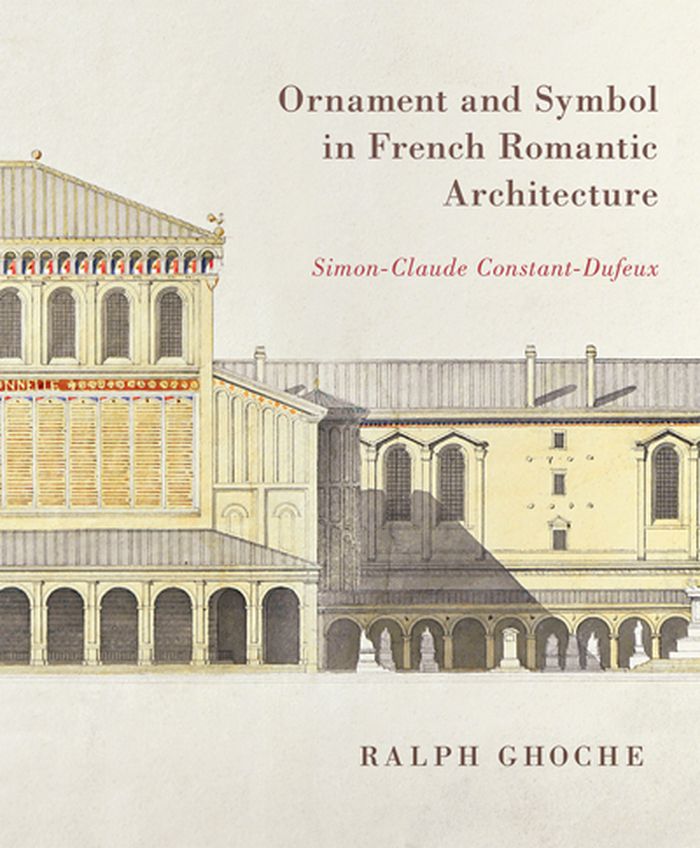$80.00
(available to order)
Summary:
For Simon-Claude Constant-Dufeux (1801–1871), a radical French architect and chair of perspective at the École des Beaux-Arts in Paris, the study and composition of ornament were essential pursuits. Architectural emblems and ornaments were symbols that conveyed concise and immediate meaning; they were also a crucial element in realizing the Romantic ideal of the synthesis(...)
Ornament and symbol in French romantic architecture
Actions:
Price:
$80.00
(available to order)
Summary:
For Simon-Claude Constant-Dufeux (1801–1871), a radical French architect and chair of perspective at the École des Beaux-Arts in Paris, the study and composition of ornament were essential pursuits. Architectural emblems and ornaments were symbols that conveyed concise and immediate meaning; they were also a crucial element in realizing the Romantic ideal of the synthesis of the arts. Through the lens of Constant-Dufeux’s work, ''Ornament and Symbol in French Romantic Architecture'' explores the sudden proliferation of ornamental motifs in France, challenging the understanding that the twentieth-century modernist avant-garde developed in direct opposition to ornament. Ralph Ghoche examines architectural ornament from the July Monarchy to the Second Empire, revealing its connections to Romantic theories of symbolism and ideas about the power of form to elicit emotional responses. Ghoche repositions Constant-Dufeux as a pivotal figure in developing new forms of symbolic signification in architecture, establishing him as one of Romanticism’s key theoreticians.
History until 1900, France
